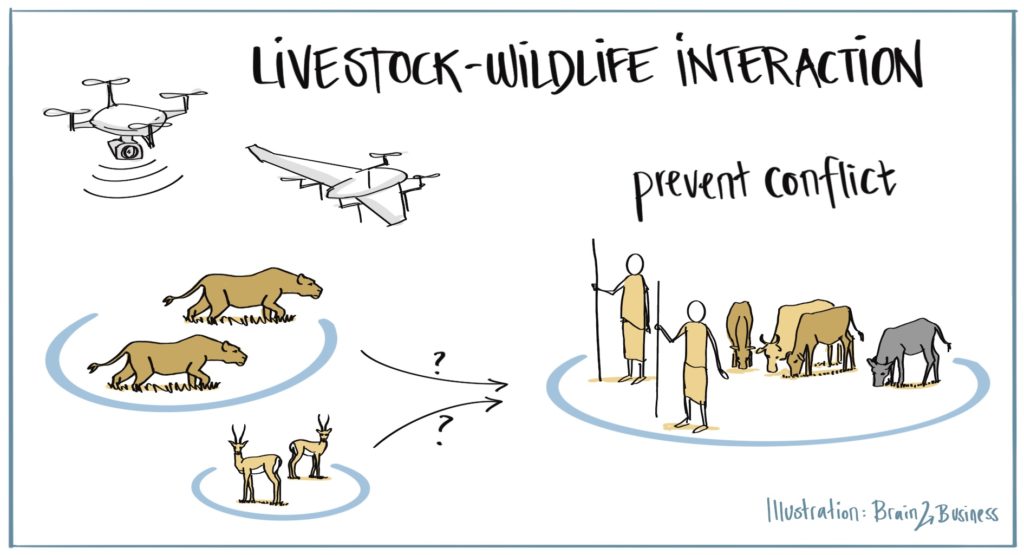Livestock-Wildlife Interaction
Scouting Drones to Prevent Human-Wildlife Conflict in Livestock Grazing Systems
State of the Art
Livestock owners protect against predator attack by employing herders to tend grazing stock. Presence of herders is associated with lower rates of livestock loss, but predation is still common when herds encounter large predators in the field. Predator presence is difficult to predict at fine scale and therefore encounters are difficult to avoid. Likewise, contact with wild herbivores (potential disease reservoirs) is common during livestock grazing due to the shared use of resources by wild and domestic herbivores.
Innovations and Impact
Using drones to scout planned grazing routes will allow herders to predict and avoid wildlife encounters, thereby mitigating negative impacts on both humans and animals. Drone-based monitoring solutions will facilitate rapid identification of potential conflict scenarios and can be flexibly deployed. App-based operation and testing and development through Ol Pejeta Conservancy’s Conservation Technology Lab will facilitate deployment in conservancies and communities throughout Kenya and Africa.
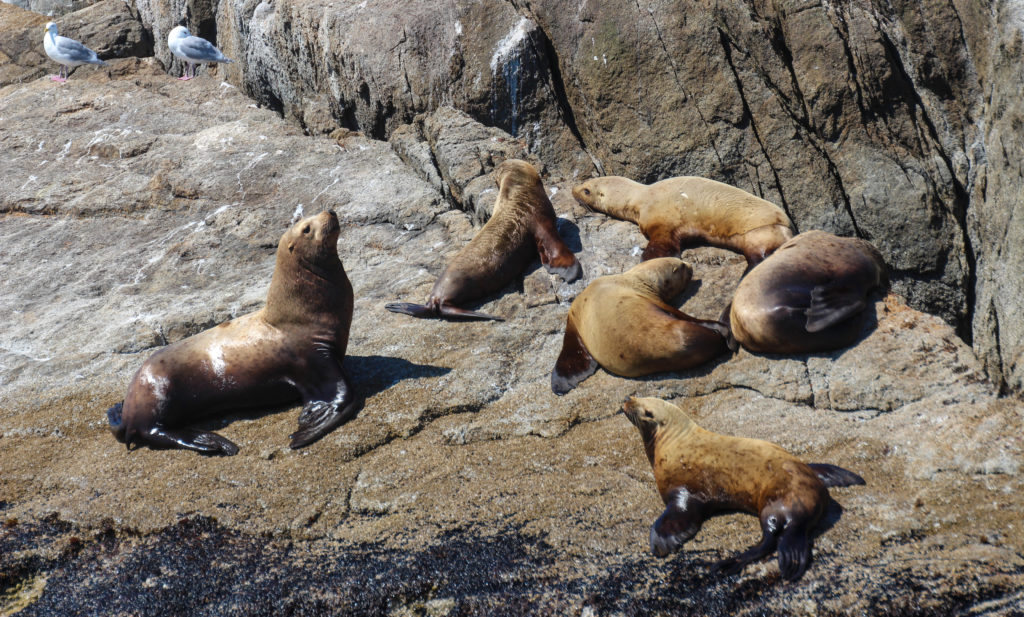
Copyright by Max Planck Institute of Animal Behavior
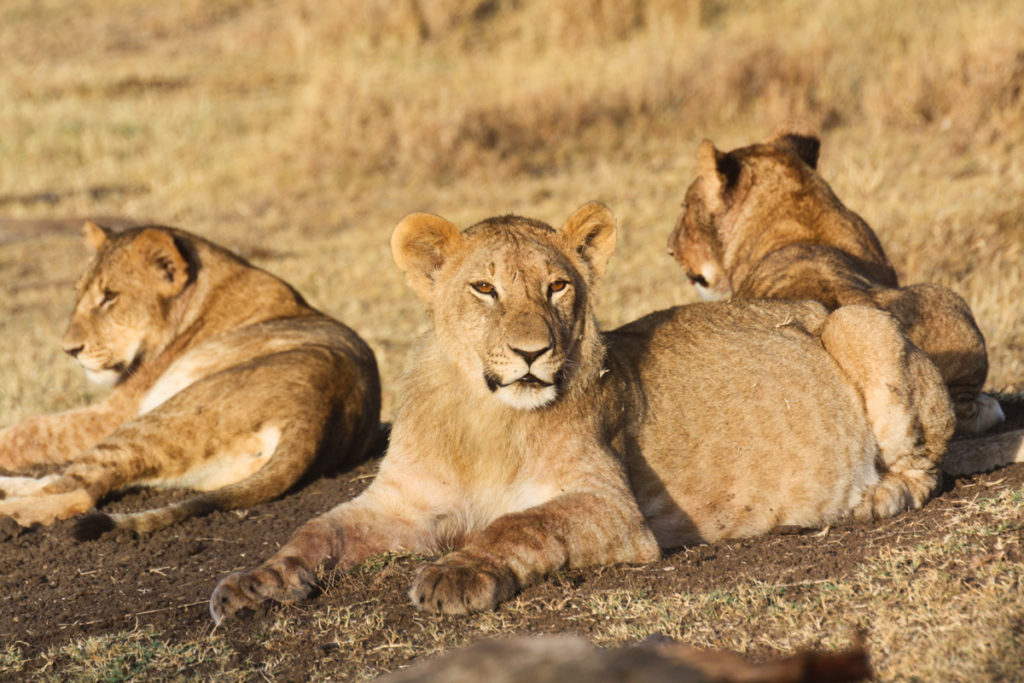
Copyright by Max Planck Institute of Animal Behavior
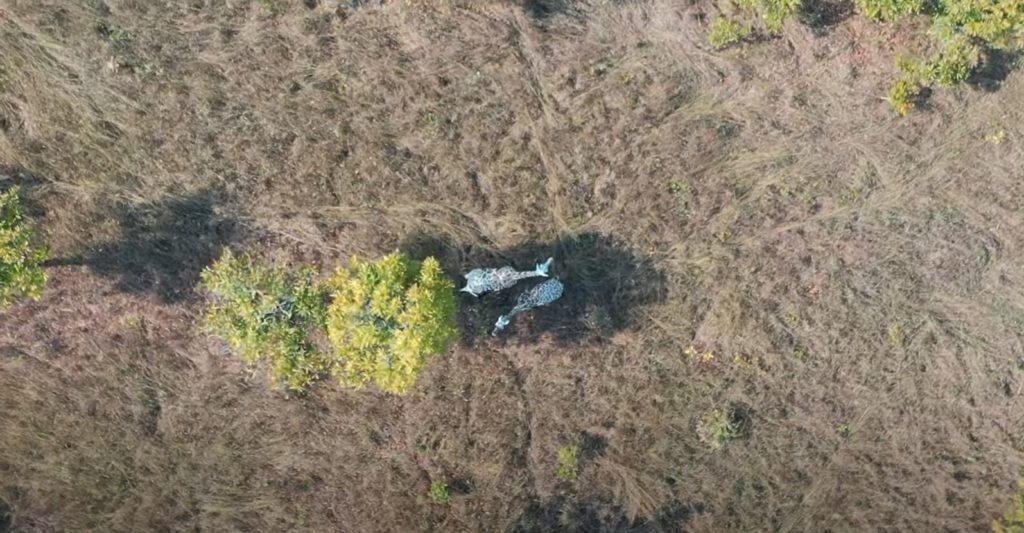
Copyright by University of Bristol
Objectives
DC1 will collect data and develop models necessary to develop a drone-based method for detecting threats along planned livestock grazing routes and predicting whether the behaviour and movement of the threatening species is likely to lead to an encounter with the livestock herd.
Specifically, DC1 will:
- Collect aerial imagery of predators and wild herbivores necessary to train detection models described under DC 11
- Collect and analyse aerial footage of predators and herbivores
- Develop models that predict wildlife movement, predator attacks, and encounters between livestock and disease vectors based on current wildlife behaviour and expected herd trajectory
Expected Results
- Dataset necessary for training an animal detection model capable of identifying threat species (predators and disease vectors) from static drone imagery
- Quantitative descriptions of collective behavioural states of wild predators and herbivores
- Predictive models of wildlife movement and behavioural state change
Project Facts
Max Planck Institute of Animal Behavior (DE).
The Ph.D. will be awarded by University of Konstanz (DE).
Postdoctoral Fellow Blair Costelloe, Max Planck Institute of Animal Behavior.
Professor Martin Wikelski, Max Planck Institute of Animal Behavior.
Ol Pejeta Conservancy (KE): Fieldwork and data collection.
Ol Pejeta Conservancy (KE): Fieldwork and data collection.
Get in touch
Contact us on WildDrone@sdu.dk



WildDrone is an MSCA Doctoral Network funded by the European Union’s Horizon Europe research and innovation funding programme under the Marie Skłodowska-Curie grant agreement no. 101071224. Views and opinions expressed are those of the author(s) only and do not necessarily reflect those of the European Union or the European Commission. Neither the EU nor the EC can be held responsible for them.
